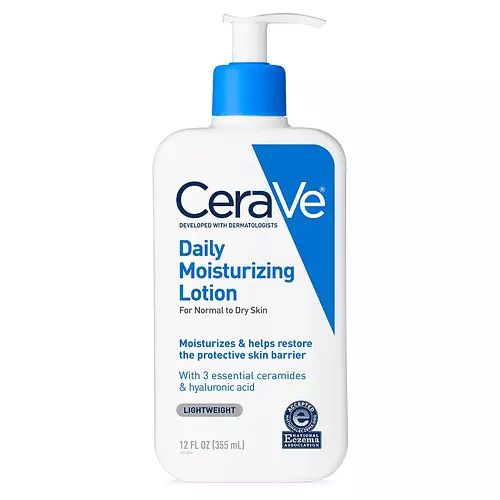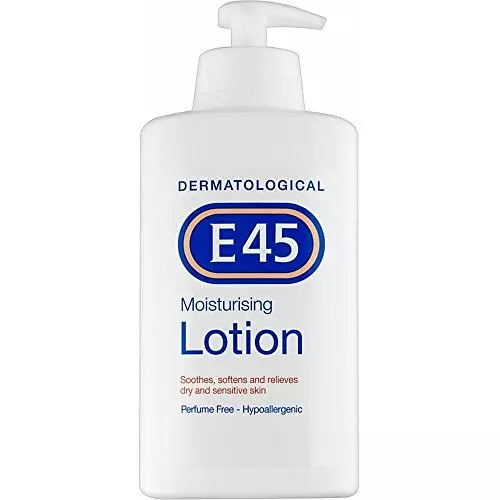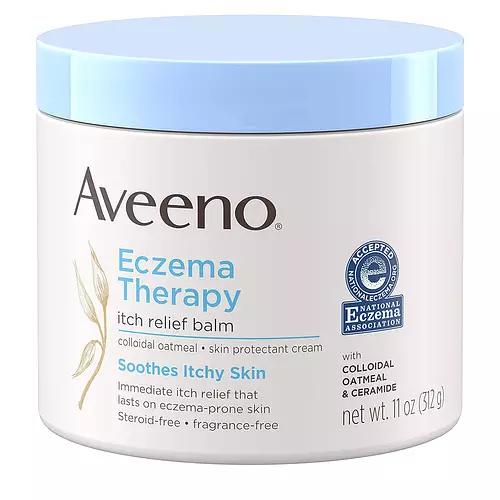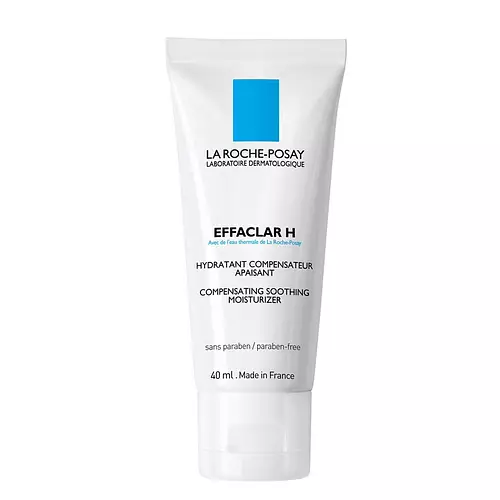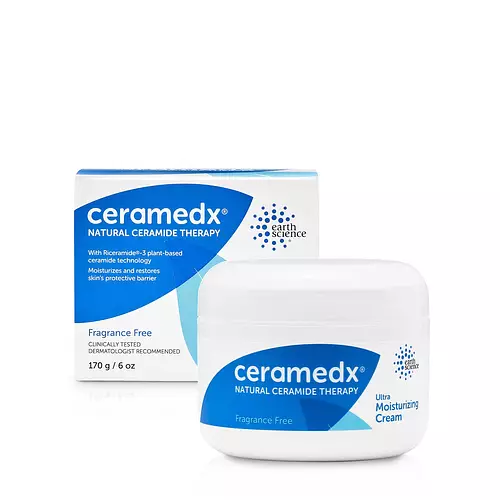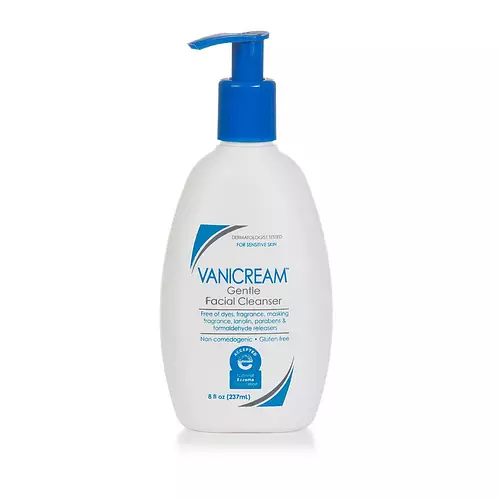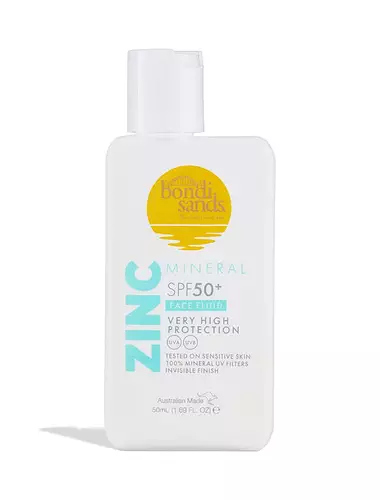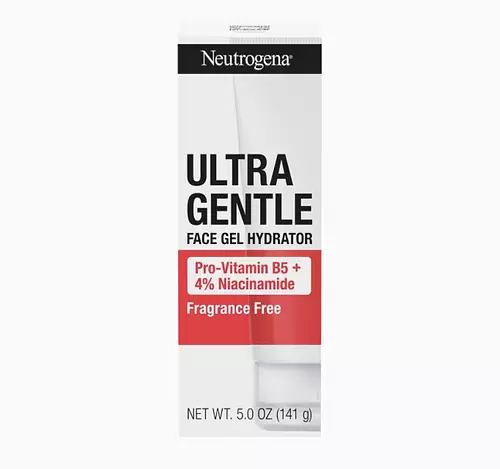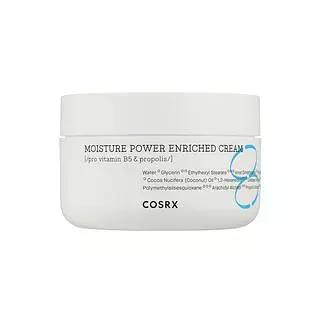Updated on August 09, 2023
Overview
What they are
These products are both general moisturizers. They have a total of 4 ingredients in common
Free From
They both do not contain any harsh alcohols, common allergens, fragrances or oils
What's Inside
They both contain parabens
We independently verify ingredients, and our claims are backed by peer-reviewed research. Spot a product that needs an update? Let us know.
Ingredient Info
CeraVe Daily Moisturizing Lotion Normal to Dry Skin 24 ingredients
E45 Moisturising Body Lotion 14 ingredients
At a glance
Click on any of the items below to learn more
CeraVe Daily Moisturizing Lotion Normal to Dry Skin 24 ingredients
E45 Moisturising Body Lotion 14 ingredients
Benefits
This product contains 5 ingredients that may have this attribute:
This product contains 4 ingredients that may have this attribute:
This product contains 3 ingredients that may have this attribute:
This product contains 3 ingredients that may have this attribute:
This product contains 1 ingredient that may have this attribute:
Concerns
This product contains 1 ingredient that may have this attribute:
This product contains 2 ingredients that may have this attribute:
This product contains 1 ingredient that may have this attribute:
This product contains 1 ingredient that may have this attribute:
Concerns
This product contains 1 ingredient that may have this attribute:
This product contains 3 ingredients that may have this attribute:
This product contains 1 ingredient that may have this attribute:
This product contains 1 ingredient that may have this attribute:
Ingredients Side-by-side
Ingredients Explained
These ingredients are found in both products.
Ingredients higher up in an ingredient list are typically present in a larger amount.
Water. It's the most common cosmetic ingredient of all. You'll usually see it at the top of ingredient lists, meaning that it makes up the largest part of the product.
So why is it so popular? Water most often acts as a solvent - this means that it helps dissolve other ingredients into the formulation.
You'll also recognize water as that liquid we all need to stay alive. Talk about multi-purpose! If you see this, drink a glass of water. Stay hydrated!
Learn more about WaterCarbomer is a polymer of acrylic acid. Its main role is to create gel consistency within products.
Carbomer is commonly found in many types of cosmetics products. It is found to be safe in concentrations up to 15%. However, a high amount of carbomer can cause pilling or balling up of products. Most products contain 1% of less of carbomer.
Methylparaben is a preservative and is a paraben. It is used to prevent the growth of fungus, mold, and other harmful bacteria. Parabens are chemicals used as preservatives in both cosmetics and food.
Methylparaben can be synthetically created. It can also be found naturally in some fruits, such as blueberries.
Oftentimes, Methylparaben is combined with other parabens to help increase the shelf life.
The safety of Methylparaben is currently being studied. While ongoing studies are looking into the safety of parabens, the results have been very mixed. Some studies have not found Methylparaben to be harmful.
Learn more about MethylparabenPropylparaben is a preservative and is a paraben with antifungal and antimicrobial properties.
This ingredient can be naturally found in plants and insects, but most of it is synthetically manufactured for human use. In cosmetics, it is usually created by reacting para-aminobenzoic acid and propanol (an alcohol).
You can usually find this ingredient in water-based products.
Parabens have come under controversy due to the claim they are hormone disruptors. Studies show conflicting results. We recommend speaking with a professional if you have any concerns.
Propylparaben is commonly found in food, medicine, and cosmetics.
Learn more about PropylparabenIngredient Ratings
Here's what our community thinks of the ingredients in these two products.
When to use
CeraVe Daily Moisturizing Lotion Normal to Dry Skin 24 ingredients
E45 Moisturising Body Lotion 14 ingredients

Reviews
Here's what our community thinks
CeraVe Daily Moisturizing Lotion Normal to Dry Skin 24 ingredients
kawaiidesuwu_683
ok
its not very good. its like good for your body but i wouldn't put it on my face. it feels like straight grease on the face, and then the...
ok
its not very good. its like good for your body but i wouldn't put it on my face. it feels like straight grease on the face, and then the moisture doesn't last at all. i find my face feeling dry when i wake up
ZephyrRose_888
More drying?
It made me more dry. It's a good price point, and it works for some so I've heard, but when I used it I just felt more dry.
